Friends of Thetford Forest (in Norfolk and Suffolk) are a voluntary organisation established in 1995. Its volunteers take part in conservation tasks all over the forest, look after Lynford Arboretum and help out at forest concerts and other events. The group has raised over £95,000 for many different projects such as specially adapted cycles for people with disabilities and the preservation of a medieval warren lodge near Mildenhall. Over the last year it has been prominent locally in the campaign against the sell-off of the PFE and strongly defends Thetford Forest’s multi-purpose role as a working, recreational forest with its wealth of rare flora and fauna and archaeological heritage protected for all.
This article has been written by Alan Spidy, who has been a member of Friends of Thetford Forest for about 8 years and regularly takes part in the groups conservation events.
Funny how things turn out. A year ago we feared losing the Public Forest Estate (PFE) to commercial interests – perhaps even seeing ownership pass to companies or governments overseas. Are we now about to lose the trees themselves?
Hopefully not. But the forests of East Anglia face a peculiar new threat that manifests itself under the guise of heathland re-creation.
You see, the large, rich NGO’s – who seemed to forget their campaigning credentials just when it mattered most – are quite keen on heaths and the generous public purses that come along with their creation and management.
Take Thetford Forest. It’s relatively young – less than one hundred years old – and established at a time when the priority was a desperate need to create a national timber resource. This land – the sandy Brecks – was poor; too marginal for agricultural use and in the economically depressed post war era of the 1920s many landowners were only too pleased to sell up to the Government’s agents.
Almost a hundred years later we have been gifted a great legacy.
Although those who planted the millions of saplings (not just pines but indigenous hardwoods too) may not have given it much thought, they have left us with, as the Independent Panel might say, a ‘triple bottom line’. A priceless recreational resource for local people in a part of the country where public open access land is scarce, a rich species bank of rare flora and fauna safe from the ravages of modern industrial agricultural practices and all this within a working landscape that has retained the dignity of being able to earn its keep.
This model of a multipurpose forest works. It works because the agency charged with looking after it – the Forestry Commission – is expert at balancing the different demands placed upon the PFE. So we, the Friends of Thetford Forest, get a little nervous at talk of heathland re-creation.
Why do we get nervous?
Thetford Forest was planted on heathland. Unlike the heathland that ultimately fell under the plough and whose seed bank and soil structure was destroyed, the heath under Thetford Forest is still there and relatively easy to reinstate. But this in itself is not the main problem. The problem is that the Forestry Commission is an easy target. It benignly accepts criticism, is reluctant to highlight its achievements and has to meekly follow the short term demands of its political masters. So when powerful lobbyists put pressure on the Government to further their own narrow agendas, the Forestry Commission – a public body – is vulnerable.
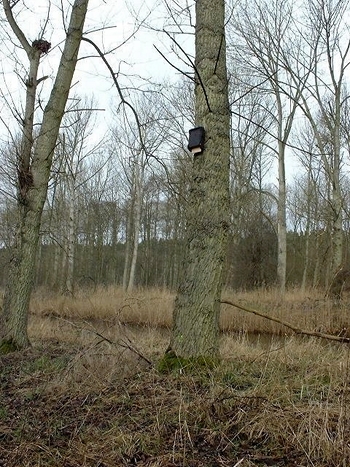
Many bat boxes are scattered around the forest, as well as bat hibernacula (artificial caves for over-wintering bats). The forest is home to Pipistrelles, Noctules, Brown Long-Eared, and Leislers bats.
Let’s look at a few facts.
In 1999 the Heritage Lottery Fund made £14 million available for the re-creation of heathland (Tomorrow’s Heathland Heritage). In Thetford Forest, this has led to the creation of 320Ha of restored heathland. Because it is an enlightened landowner and recognises the need for thoughtful management of the environment, the FC has worked with others to enable this restoration to take place. But it has not benefited from the funding available. Indeed, it has had to forego the income from the land given over to the new heaths, sacrificing the value of the trees that were felled before reaching commercial maturity. How many private landowners would willingly do this? Management of these areas has been contracted out to the Wildlife Trusts with funding from Natural England via the agri-environment scheme but the liability remains with FC. So what happens when the money runs out, when there is no more political mileage in pouring money into conservation schemes? Will it be left to FC to pick up the pieces? It is estimated that it costs £200 per year to manage each Ha of heath.
As a commercial forest, Thetford generates income of £150 per Ha per year. Along with income from recreation, this means Thetford Forest earns £6.3 million a year in an area recognised as economically deprived. And what about the current pressures for even more land to be put back to heath? The RSPB talks of restoring an area of heathland twice the size of the Isle of Wight (Martin Harper – National RSPB Conservation Director). Thetford Forest is considerably smaller than even one Isle of Wight! How will this impact on the ability of Thetford Forest to pay its way without being a burden on the taxpayer or provide the inestimable benefits of public access?
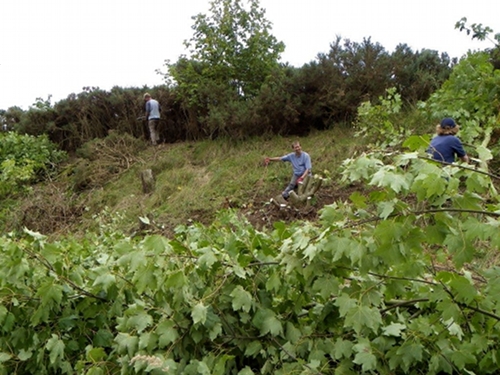
One of the many different habitat islands spread through the forest. This one is an old marl pit (extraction pit for agricultural lime) being cleared of scrub for the benefit of the Breckland Mugwort by volunteers.
And what of the quality of the heaths themselves? Are they the right ‘sort’ of heaths?
The one benefit of not being able to pick up free money from environmental grants is that the FC is immune from conservationalist dogma – it can do proper research that is grounded in the desire to establish what is right for an area and not what is needed to loosen institutional purse strings.
One of the great achievements of FC in East Anglia is the Brecks Biodiversity Audit. This study – carried out by the University of East Anglia at the request of the FC – identified for the first time in one report the rare species of flora and fauna that exists within Thetford Forest. From this was born the Brecks Biodiversity Action Plan, an evidence based plan for protecting and improving the biodiversity of the Brecks.
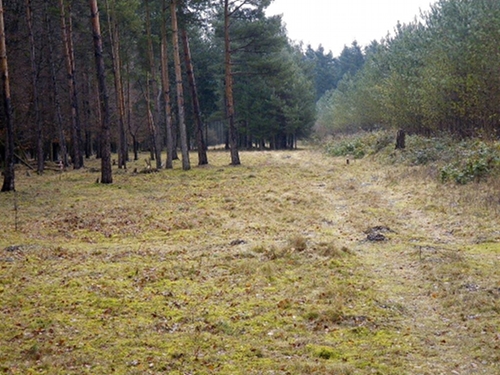
Small conservation bays like this can be found all over the forest. This one is managed by the Forestry Commission and its volunteers for the Dingy Skipper butterfly.
So rather than the large, closely grazed open spaces of ‘traditional’ conservation heaths, it was discovered that many of the rare species in Thetford Forest benefit from periodically broken ground and are intolerant to grazing regimes. Perhaps this shouldn’t be so surprising as the term ‘Brecks’ refers to the old practice of farming small strips of land for a few years. The modern practice of rotational clearfelling effectively replicates this, allowing the surface to be occasionally disturbed. Rotational clearfelling also has other benefits, opening up areas for a few years and allowing a whole range of flora and fauna to thrive. It may not be quite the same as the old practice of coppicing but, in a modern sense, has many of the same benefits for wildlife. This wildlife moves through the forest along wide conservation rides. These rides, along with more than 1000Ha of existing open space in the forest, provide the seed banks and habitat connectivity that allows plants and insects to spread widely through the forest and exploit the opportunities offered by clearfell.
The idea of wide conservation rides is an example of good evidence-based management based on sound research. With the proof that connecting corridors are just as important as open heaths, FC’s Forest Design Plans build them into management frameworks with decades long time-scales. Nature conservation is a purposefully built-in feature of forest management and not a public relations add-on.
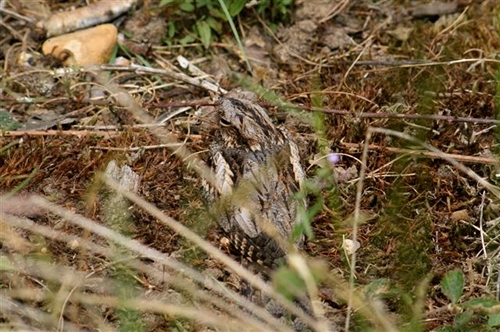
The Nightjar: An enigmatic ‘heathland’ migrant from Africa which thrives under the rotational clearfell regime in Thetford Forest. Significant numbers nest in young pine plantations.
Importantly, Thetford Forest already has European Union designation as a Special Protection Area. This is because it has significant numbers of nightjar and woodlark. Along with goshawk and firecrest, these birds thrive under the rotational clearfell regime practiced in the forest. So you see, not all wildlife likes open heaths! Just ask the squirrels.
by Alan Spidy, Friends of Thetford Forest














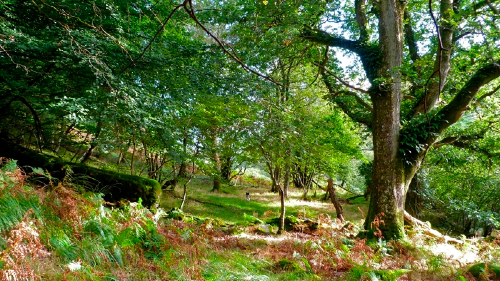
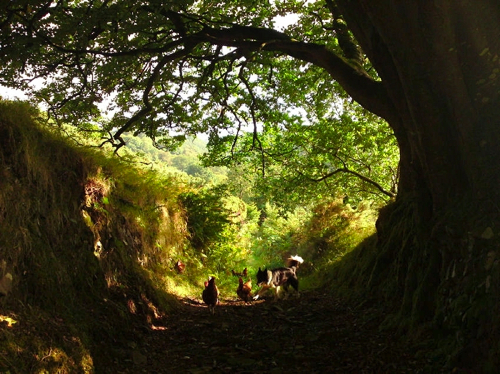
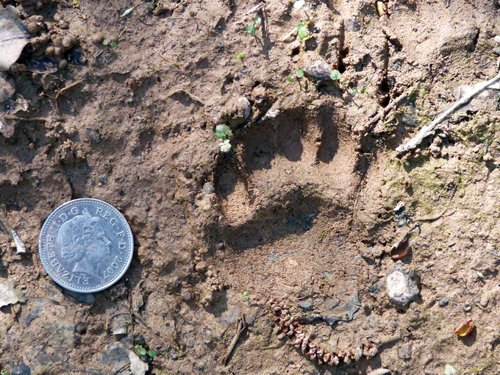
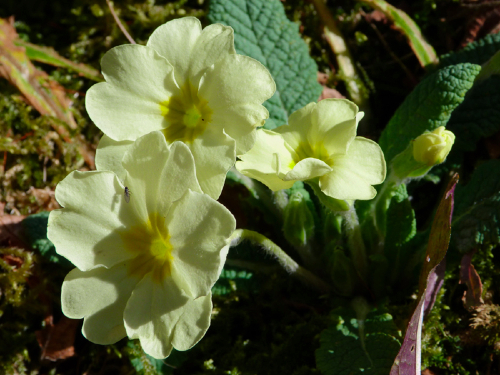

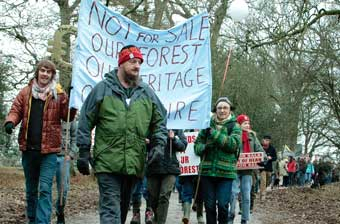

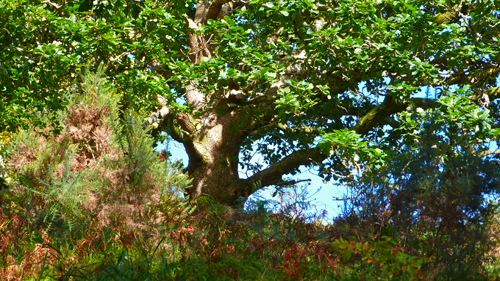
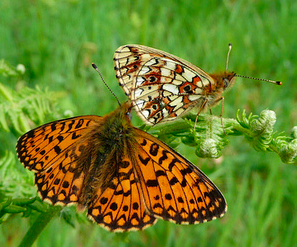
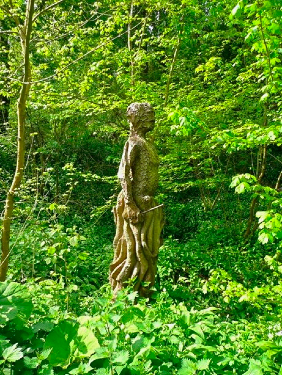
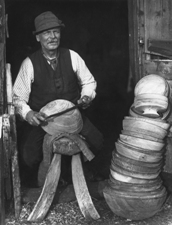



Hi Alan.
Excellent article. Our group was formed about 12 months ago to try to stop the destruction of woodland at Sutton Heath which is the single most heavily used amenity area in this part of Suffolk. The first we knew about it was when the council started felling large numbers of trees most of which were deciduous species supporting the native wildlife. When we complained we found they had signed up to a Higher Level Stewardship Scheme to get European funding for the work. They completely ignored Natural England guidelines re public consultation probably because they knew there would be great public anger, which there is. We are on course to get a 1000 signatures on a petition to oppose it, but don’t hold your breath.
Hi Nick,
One of the surprising things to have come out of the wider debate on the future of the PFE – for me at least – is the relationship of power, influence and money between various government agencies and the different NGOs. A lot of this seems to go on without any scrutiny or involvement with local communities. I’m not necessarily opposed to a lot of the work these NGOs do as guardians of our natural environment but I do sometimes wonder if the latest conservationist dogma and the desire to chase grants of money clouds their judgement – especially when they seem to destroy much-loved local woods in pursuit of this agenda. They operate more like businesses chasing funding opportunities than benign charities. Good luck with your Sutton Heath campaign!
You might like to read the second article in this series:
http://saveourwoods.co.uk/get-involved/local-campaigns/deforestation-in-england-to-create-heathland-is-this-what-we-want-or-is-there-a-better-way/
It outlines the issues using the example of the woodland in Suffolk which Nick refers to in the comment above – Sutton Heath – to illustrate the issues, and says that if there must be deforestation to create heathland then the FC’s open habitat policy should be followed with genuine assessment, consultation and replanting, rather than unquestioning acceptance of the conservation lobby’s priorities.
In the Sutton Heath example, the land is owned by the council, so there is some chance of raising the issue and holding them to account. The users group has a petition on the council’s website http://petitions.suffolkcoastal.gov.uk/preserve-sutton/, and they already have over 600 signatures so the council must take them seriously, and when they get 1200 signatures — which they are well on course to do — the issue must be debated at a full council meeting http://www.suffolkcoastal.gov.uk/yourcouncil/haveyoursay/petitions/default.htm.
But if deforestation is happening on private or charity owned land then there is no democratic opportunity to raise the issues, other than trying to spot when there is an application for a felling licence, which is not easy, as I explain in the second article.
Destruction of woodland, as Nick talks about, is happening all over the country, particularly in East Anglia and Dorset, but we don’t even know how much of it is happening, let alone have any say in whether it happens or not.
Is that what we want, after campaigning so hard last year to save our public forests, and now that the widespread understanding of the importance of forests to all of us has been so publicly aired?
Read more here: http://saveourwoods.co.uk/get-involved/local-campaigns/deforestation-in-england-to-create-heathland-is-this-what-we-want-or-is-there-a-better-way/